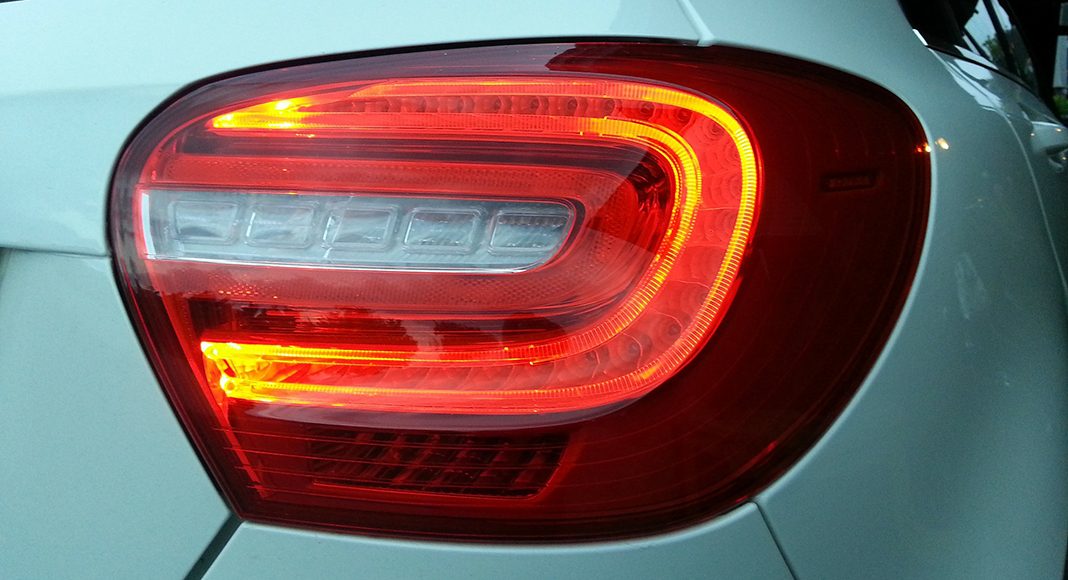Drivers respond to emergencies more slowly and severely in semi-automated cars, according to a new study.
The authors of the study, from Clemson University in the US, say we will need new ways of assessing whether drivers are safe behind the wheel to keep up with the technology.
In the study, researchers Dr David Neyens and Dr Sijun Shen wanted to find out if drivers who are concentrating on something else while the car is in control are slower to respond to emergencies.
âAs we know, when using technology, things are designed to work well but they donât always,â said Dr. Neyens. âSo when something stops functioning, how does the driver respond and safely become the driver of the vehicle?â
The researchers asked 48 participants to drive a car in a simulator. Half were given a manual car to âdriveâ and half were given a semi-automated car with adaptive cruise control and a lane keeping assistant, features which keep the car moving in the right direction at the right speed. To mimic the way people are likely to drive in the future, the people driving the semi-automated cars watched a video while they were driving. There was then a simulated emergency: a strong gust of wind that pushed the cars out of lane.
The people driving the semi-automated cars were slower to respond to the emergency than the drivers in manual control of the car. They also responded more severely, moving the wheel a lot in one direction to compensate for the delay. The people driving manually had a quicker, calmer response to the emergency.
âAutonomous vehicles are a disruptive innovation â they will fundamentally change a lot about the transportation domain,â said Dr. Neyens. âUltimately, we want to improve peopleâs safety. Thereâs great opportunity in the semi-automated driving system because there are such huge safety implications: itâs life or death, not just for the driver or passenger but for anyone in the environment.â
The study was published in the Journal of Safety Research.



















